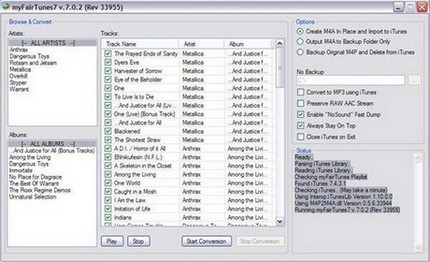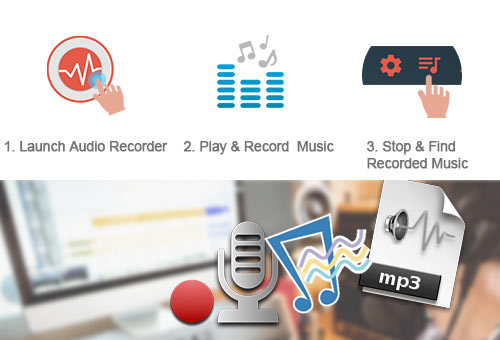
If the files' digital rights management (DRM software) hasn't been removed first, playing them will be difficult. Consider a scenario in which you purchased music from Apple's iTunes and played it on a Microsoft Zune device. Occasionally, someone will request that the files be played on a player other than the one that has been selected. This measure aims to prevent media files from being stolen and distributed without permission. If you've implemented a single-sign-on system, many users may be unaware that your content is DRM-protected.Įven if you buy digital music and movies from an online store like iTunes or download them from a site like BitTorrent, there is always DRM protection.

DRM software should be simple to use and not require users to download any additional proprietary apps or plug-ins. There are several ways that DRM software can be used to keep people from accessing content that they aren't supposed to. It is possible to use them even if you do not have a personal computer. Additionally, businesses and organizations that already have their own website and/or content management/e-commerce system can use them. People without access to a computer can still use them because they are available online. As an alternative, they use widely-accepted systems and software (browsers and PDF readers, for example). There are no additional apps or plug-ins required for good DRM solutions. They appear to be older than they are, and in today's high-quality DRM systems, you won't find anything like this. For the most part, DRM-protected content can only be accessed by installing cumbersome third-party software. This software can protect documents, videos, images, and audio files.


Summary: Solutions for Digital Rights Management (DRM software) assist companies in guarding and controlling their valuable digital content.


 0 kommentar(er)
0 kommentar(er)
